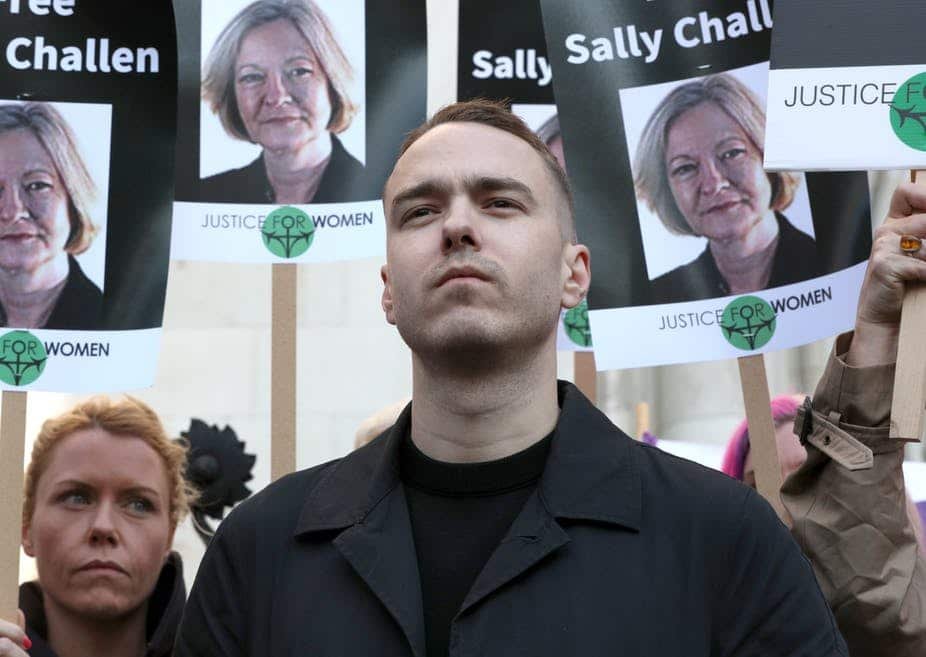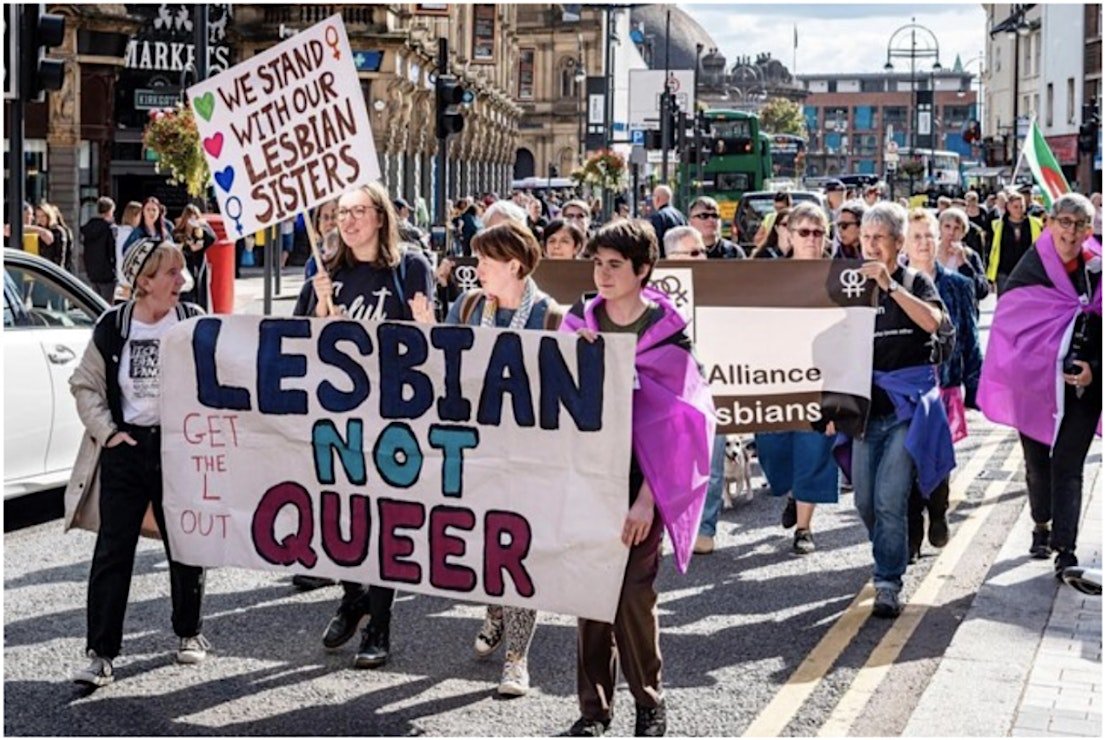As the Sally Challen case demonstrates, coercive control is the result of gradual, systematic degradation, which leaves wounds often invisible to others.
By Sarah Mills and Min Grob
Coercive control was declared a crime in England and Wales under the Serious Crime Act 2015. As the Sally Challen case makes headlines, the term, which is used to describe patterns of abusive behaviour, has also entered upon the stage. Convicted in 2011 of murdering her husband, Challen was later determined to have been suffering the effects of coercive control. Her conviction was overturned after judges heard the evidence presented by a psychiatrist; Challen’s two sons have also extensively campaigned on their mother’s behalf.
Familiar to psychologists and activists working to shed light on domestic abuse, coercive control is still, for many, a nebulous concept. Often described as invisible abuse–in contrast to physical abuse, for which there are frequently outward signs–psychological abuse and emotional manipulation are subtle, and their effects are gradual and cumulative. Who defines the ‘serious effect’ this behaviour must have upon its victim in order for it to be labelled a crime? Accompanying articles covering the Challen story were comments that, sadly, betrayed a profound misunderstanding of the severity of psychological abuse in a relationship. Many asked a question that victims of abusive relationships hear all too often: Why didn’t she just leave? Surely, it would have been a better option than murder.

Min Grob, activist, campaigner, and organiser of the Conference on Coercive Control, addresses this issue:
“What is clear is that Sally Challen’s case is about more than murder. Much more. It’s not about the final act, nor is it about the weapon used. It is about the love bombing, the rejection, the deliberate attempts to create jealousy and insecurity and the dismissiveness after declarations of love. It is about wanting to be with the wonderful person and not understanding when that wonderful person turns nasty. It is about wanting to go back to when it was good and readily accepting the blame when it turns sour and desperately wanting to fix the situation so that peace is restored. It is about the trauma bonding that is often not recognised and certainly poorly understood.”
Coercive control manifests in years of systematic degradation that are part of a pattern, around which a thorough, specific terminology has developed: love bombing, emotional baiting, emotional blackmail (including ultimatums), trauma bonding, gaslighting, idealisation, devaluation, projection, and guilt tripping, to name only a few. Abusive, controlling partners initially shower a potential target with intense flattery designed to seduce them. This is referred to as ‘love bombing,’ a tactic also employed by predatory organisations–like cults–in order to persuade their targets to let their guard down through positive emotional feedback: high self-esteem, a sense of being loved, and belonging. This initial period of idealisation succeeds in forging an intense bond with the abuser, a bond that will later be used against the victim, who will always seek to return to this state, or emotional high, following periods of cruelty.
Should the target begin to scrutinise a given aspect of the relationship, call into question the behaviours of the controlling partner, or begin to act in any way that does not benefit the abuser, the latter will begin to withdraw, devalue the target and the relationship, and employ a series of tactics designed to win the upper hand and restore the balance–namely, control and the ego–in their favour. Thus begins a cycle referred to idealisation and devaluation.
“How you can love someone even though they treat you with disdain or discard you?” Grob adds. “You feel your sense of self being eroded. Their constant accusations permeate to the point where you doubt yourself so much, you look to them for reassurance, not realising they are the cause.”
Shame plays heavily in the victims’ perception that they should not speak up for fear of falling out of community favour and of being judged for what they ‘tolerated’.
“Part of the abuse is about things that are too embarrassing to talk about, but which weigh heavily on our state of mind,” says Grob. “It is about being subjected to demeaning and degrading acts, but feeling that there is no choice. It’s about constantly being compared to others, less favourably, in derisory and contemptuous terms. It’s about living and breathing degrading comments that have been drip-fed into your system, comments which, in isolation, look like nothing, but the accumulated impact of which cuts deep into self worth. Goading comes with it, [followed by] gaslighting: denial and accusations of being paranoid, of overreacting, of being excessively sensitive or jealous. It’s about being accused of being self-centred and selfish and demanding. It’s about the put-downs, the in-jokes, the banter in public–all at your expense–followed by the realisation that you are the only one who is upset by this. No one else thinks it’s wrong. So you blame yourself. This all slowly wears you down until you feel less of a person.
To add insult to injury, abusers are often described as pillars of their community. Indeed, they often seek work in activism, politics, and religion, where they can hold positions of power over vulnerable people and reap the benefits of being held in high regard.
“Abusers put on a front,” says Grob. “They are wonderful and helpful and generous and always willing to lend a hand to anyone. We need to recognise that what we are seeing could simply be a lie and that the truth lies behind closed doors.”
This, coupled with the minimisation of abuse and the chronic self-doubt victims have been conditioned to internalise over time, often means that the abuse goes unnoticed or is even denied by outsiders. Lack of awareness and understanding of the toxic dynamics at the root of the relationship can also lead spectators to attribute problems to both parties, or dismiss the situation as ‘he said/she said’.
“We need to understand abusive tactics so we can identify: Who is the real victim?” says Grob.
“We need to understand [whether] a relationship is mutually abusive…[or whether] the abuser has manipulated the victim to such an extent that they retaliate.”
Sadly, it would seem that society is still uncomfortable with acknowledging abuse.
“Many of us have a tendency to look away, to not want to get involved in someone else’s private life and to be nervous about making assumptions that could be wrong. So, often, we make assumptions that it will all be ok and don’t act. Abusers hide in plain sight and they create a lot of noise to deflect from their abuse. We need to recognise these tactics as diversionary.”
Grob uses the case of Alan Haweto illustrate how can far private wounds can fester out of sight before the public is forced to reckon with them.
“The deputy principal (Alan Hawe) used knives, a hatchet and his bare hands to slay his family before killing himself in August 2016. In the note he left, he had written: ‘I’m sorry for how I murdered them all but I simply had no other way.’
So, what led to his slaying of a wife and 3 sons? He had been caught masturbating to online pornography at the school where he worked. His suicide note also said: ‘I had to do this. I can’t leave the boys orphans. I couldn’t just up and leave them . . .’
He was such a respected pillar of the community that it was deemed right and proper for him to be buried next to the wife and sons he slaughtered. At the time, no one could believe that such a respected figure could do this in cold blood. He had to have had a reason.
Clodagh Hawe’s family sought to have Alan Hawe’s remains removed from the grave a short time after their funerals but the decision to exhume the murderer’s body rested with his next of kin who wanted to preserve the fiction of a ‘family man’ who doted on his wife and boys.”
Regardless of one’s opinion on the outcome of the Sally Challen case, the phenomenon of coercive control merits study for its own sake. When leaving a controlling relationship proves to be the most dangerous–often lethal–time for a victim, raising awareness and implementing protective measures is of utmost importance. It is imperative that victims are not blamed or shamed for staying in such situations when the other option could comport a litany of risks–or is absent altogether.








Article Discussion